I did not read as many books this year, only
eighty-five rather than the usual hundred. I read a few classics, books I had
missed when I was on my classic binge in the 70’s. (I never read classics when
I was younger aside from those assigned at school. Instead, I read widely into
the genres: cozy mysteries and historical potboilers). In the 70’s my
Kaministiquia friends introduced me to Simone de Beauvoir, Doris Lessing, Jane
Austen, Alice Munro, Margaret Atwood, Leonard Cohen, Margaret Lawrence plus, heaven help me, Tolstoy and Dostoevsky, Kafka and
Camus. This year, once again, I tried Dickens but, for some reason, the humour
grates on me. As usual I read many short story compilations: Chekov, Mavis Gallant, William Trevor, John
Pringle, Colette Maitland, Lucia Berlin. I also reread my all-time
favourite story, The Dead by James Joyce.
The following list is in no particular order.
News of the World by
Paulette Jiles. Top notch story taking place in 1870 in Texas after the
civil war. When a travelling newsreader is paid to return a child, an Indian
captive, to her relatives, he agrees and then the trouble starts. Jiles is one
of my favourite fiction writers.
Silences, A Novel of
the 1918 Finnish Civil War by Roy Blomstrom. This is a two part book. In
January 1918, the brutal but short-lived Finnish civil war broke out between
the Reds and the Whites. Blomstrom creates memorable characters who are caught
up in the fighting and the carnage. In
1955, the survivors have settled in Port Arthur. The war remains a secret
thing, locked in silence, never mentioned. The silence is broken by a series of
strange events. This is an adventure novel with deep roots of human interest. A
must read.
The Leopard by Guiseppi Lampadusa
A beautifully written Italian classic that
I enjoyed very much. A Sicilian prince, at the time of Garibaldi, sees his
aristocratic world changed by Garibaldi and the new order of capitalists who
take over. This theme appears in Chekov, Joseph Roth’s Radetzsky
March and Gone With the Wind with its depictions of the crude, rude carpetbaggers.
The newcomers do not dress properly, have poor manners and do not know the rules
as lived by the aristos. The author, through the mouth of the prince, states
that the average Sicilian is too proud to change their ways and much too lazy.
This view conflicts with the changes happening all around. It is the typical
aristo/conservative cry. You give them a hospital and they won’t use it etc. The
prince tries his best to save his property from the pushy newcomers. He assents
to marriage between a family member and the daughter of a rich low-born local.
He tries to fit in. The last chapter tells it all.
Transit by Rachel
Cusk. A terrific book, a long meditation connected to stories about living
in London, about modern life. The protagonist is alone a lot, meandering around
talking to people. Neither class, nor race, nor politics of the day come into
the conversations. Love is there but mainly the picture is about how tough it
is just to get by without being a target.
 Autumn by Ali Smith
Autumn by Ali Smith.
A bouncy book, all over the place but the reader can follow. A friendship between
an old man and a young girl continues to the death of the man. The man might be
a Brexit symbol, the death of the old Britain, civil, interested, cultured,
kindly, neighbourly. He is contrasted to the new post Brexit Britain where the
haters now feel vindicated and empowered. Easily the best fiction I read this
year. The second book in the series, “
Winter”, will be available soon.
The Rings of Saturn by W. G. Sebold. In a deserted landscape, windy, dreary, under a heavy
sky our narrator trudges on from one historical account to the next, his memory
prompted by dreams, chance meetings, half deserted towns, threatening seas and
so on. He describes the burning of the great houses in Ireland in 1922; the
horrible enslavement of the Congo by King Leopold of Belgium; the connection
between the sugar trade, British prosperity and slavery; the life of Joseph
Conrad; Swinburne; the Chinese empress Tzu His; the opium trade; the natural
history of herring and all this from his wanderings on the coast of East
Anglia. Mesmerizing stuff, melancholy and hypnotic.
Justine by Lawrence
Durrell. Another classic. Justine
was written in 1959, the first novel in the Alexandria Quartet. The writing is
so grand that it makes my teeth ache. Such swift and pointed turns of phrase. I
want to copy them all. The plot, such as it is, is about a love affair and
every love affair, Durrell once said, involves four people. Justine, cold,
beautiful, and mysterious does not grab me as a character but then none of the
characters do, not even the narrator, Darley. Nasty events in Justine’s past,
abuse when a child and later the kidnapping of her six year old daughter, have
made her perpetually unhappy. The real character is the city of Alexandria,
more a labyrinth than a city. I read this book when I was a teen and remember
nothing about it. I wonder if I even understood it as far as it can be
understood. In those days I read for plot. Durrell’s skill in setting out
certain moods, ideas, past happenings, in just a few choice words is marvelous.
His writing has beautiful segues, descriptions of people, places. His turns of
phrase are delicious. His metaphors are good too. In my opinion, the best of
the four books in the series.
The Loxleys and
Confederation by Mark Zuehlke, Clade St. Aubin,
Alexander Finbow, Nigaanwidam Sinclair. A graphic novel about a fictional family at
the time of Confederation but touches on the US Civil War, the War of 1812, a
Fenian Raid, Reciprocity and its repeal and the Aboriginal situation plus child
labour. I have become a fan of graphic historicals. This year I read graphics
about the lives of Suzanna Moodie, Zora Neale Hurston,
John James Audubon and Emma Goldman. Good stuff.
The Lightkeeper’s
Daughter by Jean Pendziwol A best seller by
Thunder Bay writer Jean Pendziwol. An elderly woman and a young girl meet in a
nursing home. With the aid of a recovered journal the woman recalls her life living
in a lighthouse on Lake Superior. A decade’s old mystery is revealed This book
sends us on a journey as wild and changeable as Lake Superior itself.
Harrow Road by Margie
Taylor. In 1897, Annie Taylor and her three children enter the dreaded workhouse
with all its Dickensian horrors. Margie Taylor’s moving historical novel takes you there while giving
you some background on Annie’s life. Fabulous history, a good plot and interesting characters make for a fine read.
 At the Existentialist
Café: Freedom, Being. and Apricot Cocktails by Sarah Bakewell.
At the Existentialist
Café: Freedom, Being. and Apricot Cocktails by Sarah Bakewell. A well-written book about interesting people,
the major Existential philosophers of France and Germany (plus Camus) from 1920
to their deaths.
Sartre is the most changeable and
extreme who often switched directions while
de Beauvoir
is the most relevant today, according to the author. Each person’s take on
existentialism is explained, for the most part clearly, and their intertwined
lives become part of their philosophy. I loved this book.
The
Life Crimes and Hard Times of Ricky Atkinson Leader of the Dirty Tricks Gang.
A memoir by Richard Atkinson with Joe Fiorito.
He grew up as a young black kid near Kensington Market. He learned about racism
early and it made him mad and bad. His dad was brutal to him. Both parents
struggled to survive. He set up his first gang when he was still in elementary
school. He had lots of friends, family, people who cared for him but to no
avail. He started in on crime and then jail. As an adult, he remembers every
insult from police and other authorities and hints this is the reason he continued.
The thread of self-pity, braggadocio, and blaming others slips through. Fiorito's clear, firm writing carries the story well.
The Case Against
Sugar by Gary Taubes, A startling book that leaves me with many questions.
The 80s and 90s saw the rise of obesity, diabetes and also the increased
consumption of sugar and fructose corn syrup. Various forms of sugar are added to so many food products. Today, at the supermarket, I found sugar in pasta and chicken broth. According to Taubes, excess sugar causes obesity and
diabetes. Obesity does not cause diabetes as the Diabetic Society claimed. Nor
does fat cause obesity. Sugar (glucose and fructose, sucrose cane and ditto the
corn stuff), the excessive use of sugar, causes it. The sugar in fruits and
some veg is natural glucose/fructose but it is eaten in small quantities with
fibre etc and does little damage. Honey and maple syrup also. Even though I
have become an obsessive label reader, added sugar is often disguised in many
ways and under various names. It is hard to know what is natural and what is
not. For sure sugar is not natural to chicken broth and pasta.
I have since read that Big Sugar, the mouthpiece of the
sugar industry, hates Gary Taubes. They spend a lot
of money convincing you that sugar is fine.
The Vanquished by
Robert Gerwath: Why the First World War Failed to End. By revolution, peasant uprisings, attempts to take back lost territory,
civil war, invasions and counter invasions, the countries of eastern Europe
threw off their czars and kings and attempted to set up democratic states but
all failed except Finland. A brutal book which shows Middle Europe plagued by
fascism, revanchism, anti-Semitism, aristocratic privilege, violent hatred of
outsiders, Communism and excess of all kinds which left the countries soaked in
blood and easy pickings for Hitler and his thugs.
The Pigeon Tunnel by
John Le Carre A memoir by the
great writer. LeCarre was in the secret service and the
diplomatic corps. He has a lot of scathing things to say about the spy game.
The final chapter deals with Ronnie, his con man father. His writing methods
are interesting. He travelled far to find the perfect setting for his novels. He
based his characters on real people, friends or work mates and used their
appearance and their psychology but not their actions. He had contacts and connections
which helped him. In short he had to find real places and real people before he
could turn them into fiction. I found this fascinating.
Ghosts by Hillary Mantel.
A memoir from one of the greatest historical novelists today depicts an overly
sensitive child who sees ghosts, lives mainly in her head and exists in a constant
state of anxiety. Her parents split up when she was 11. She never saw her dad
again. Her stepfather was controlling in many small and sneaky ways. Her
portrait of him is superb. Her life was plagued by an undiagnosed illness,
endometriosis, which caused her unending pain. I got up in the night to finish
this book. I was amazed at the amount of pain she suffered.
Hellgoing by Lynn Cody.
Short stories, provocative, well written, which immediately suck in the reader.
However, the endings of these stories come as a surprise since nothing is
resolved or even explained. Cody is one
of our best short story writers.
 Spirals by John Pringle.
Spirals by John Pringle. Northern Mallards is the
story I loved the most. It is a layered story about a boy and his dad who go to
shoot duck but almost drown when their canoe goes over. The boy tries to
imitate his dad’s toughness. A third theme deals with the likelihood that the
boy’s parents might split up. Three themes and all so well done. This year,
Pringle
released
Dandelions which also contains many excellent short stories
including several that are fall-off-your-chair hilarious.
Twenty Years on
Snowshoes: Winning Stories from North Western Ontario Writers Workshop.
What a cornucopia of fiction and memoir from some of Thunder Bay’s best
writers!
Sue Blott is there with her touching story,
Roundabout. Jane Crossman takes us to Ireland in
Coney Island. Susan Rogers dazzles us with her creative
approach in
Confessions in the Time of Social Media. Jack Shedden’s Tommy’s Dream with its crisp dialogue lures
you to read more. I could go on and on. Every story in this collection is terrific
without exception
Canadian Shorts A 2017
Canada wide best seller, this collection of Canadian themed stories was chosen
after a country-wide competition. Two local writers, Marion Agnew
and I, found ourselves included. The editor, Brenda Fisk of Mischievous Books of Calgary created a good looking
book and publicized it well. She donated all the proceeds to the Canadian
Council for Refugees. I was interested
to learn later that the judges used a template to appraise the stories, a
process which helped their evaluation. Highly recommended. (photo of me flogging the book at Chapters).
A Manual for Cleaning Women by Lucia Berlin. Gritty stories well told. A CD book which I listened to
in the car. Berlin was a remarkable writer whose stories often dealt with Mexican
Americans relations in the context of working class lives. Even though she had
a small devoted following, Berlin was not well known in her lifetime. A Manual for Cleaning Women was published eleven
years after her death and became a best seller. I also read So Long: Stories 1987 – 1992. Her stuff is as unsparing and
honest as the hot desert sun.
 Autumn by Ali Smith.
A bouncy book, all over the place but the reader can follow. A friendship between
an old man and a young girl continues to the death of the man. The man might be
a Brexit symbol, the death of the old Britain, civil, interested, cultured,
kindly, neighbourly. He is contrasted to the new post Brexit Britain where the
haters now feel vindicated and empowered. Easily the best fiction I read this
year. The second book in the series, “Winter”, will be available soon.
Autumn by Ali Smith.
A bouncy book, all over the place but the reader can follow. A friendship between
an old man and a young girl continues to the death of the man. The man might be
a Brexit symbol, the death of the old Britain, civil, interested, cultured,
kindly, neighbourly. He is contrasted to the new post Brexit Britain where the
haters now feel vindicated and empowered. Easily the best fiction I read this
year. The second book in the series, “Winter”, will be available soon. At the Existentialist
Café: Freedom, Being. and Apricot Cocktails by Sarah Bakewell. A well-written book about interesting people,
the major Existential philosophers of France and Germany (plus Camus) from 1920
to their deaths. Sartre is the most changeable and
extreme who often switched directions while de Beauvoir
is the most relevant today, according to the author. Each person’s take on
existentialism is explained, for the most part clearly, and their intertwined
lives become part of their philosophy. I loved this book.
At the Existentialist
Café: Freedom, Being. and Apricot Cocktails by Sarah Bakewell. A well-written book about interesting people,
the major Existential philosophers of France and Germany (plus Camus) from 1920
to their deaths. Sartre is the most changeable and
extreme who often switched directions while de Beauvoir
is the most relevant today, according to the author. Each person’s take on
existentialism is explained, for the most part clearly, and their intertwined
lives become part of their philosophy. I loved this book. Spirals by John Pringle. Northern Mallards is the
story I loved the most. It is a layered story about a boy and his dad who go to
shoot duck but almost drown when their canoe goes over. The boy tries to
imitate his dad’s toughness. A third theme deals with the likelihood that the
boy’s parents might split up. Three themes and all so well done. This year, Pringle
released Dandelions which also contains many excellent short stories
including several that are fall-off-your-chair hilarious.
Spirals by John Pringle. Northern Mallards is the
story I loved the most. It is a layered story about a boy and his dad who go to
shoot duck but almost drown when their canoe goes over. The boy tries to
imitate his dad’s toughness. A third theme deals with the likelihood that the
boy’s parents might split up. Three themes and all so well done. This year, Pringle
released Dandelions which also contains many excellent short stories
including several that are fall-off-your-chair hilarious.



















































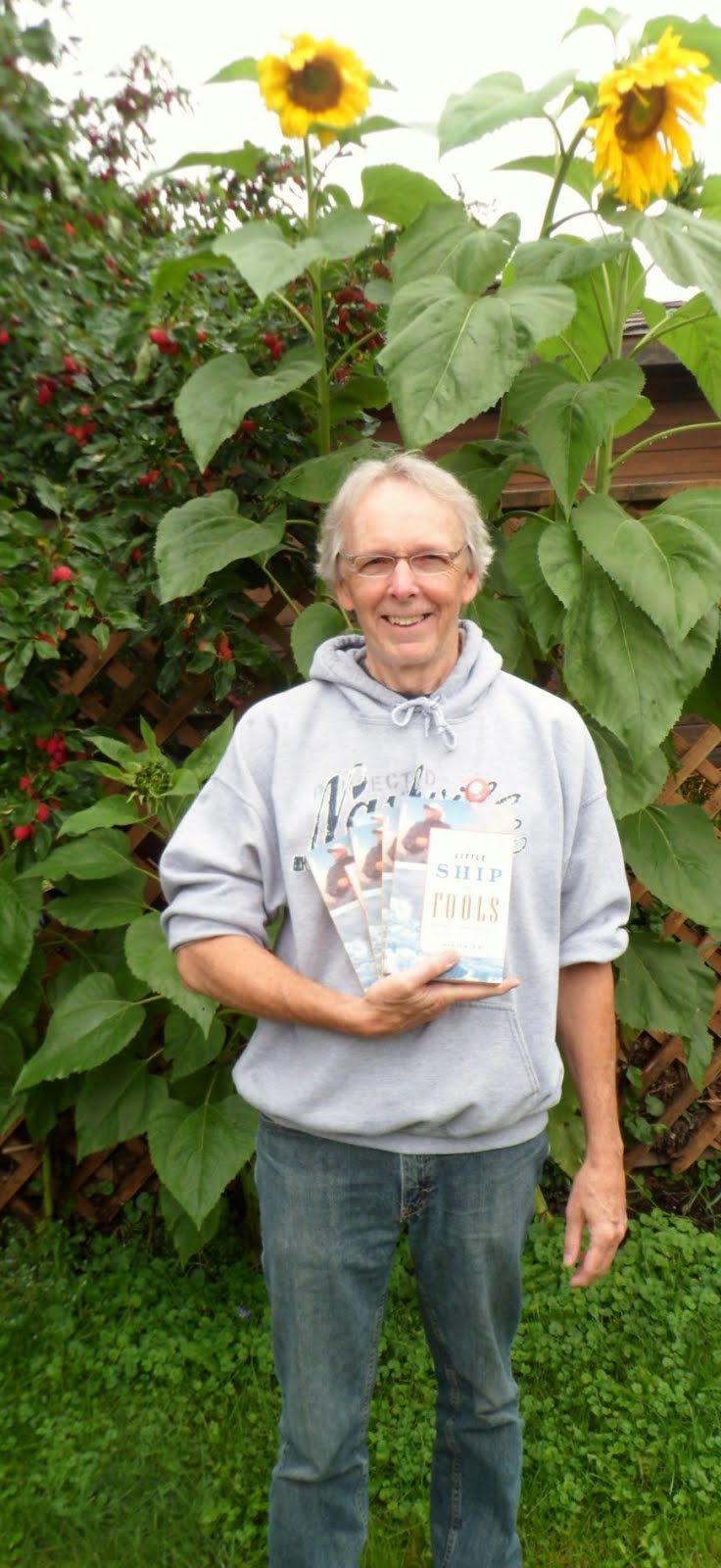





























































































































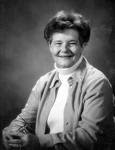


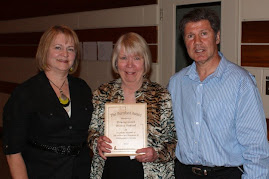









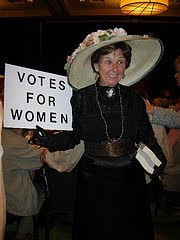
















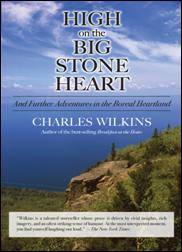





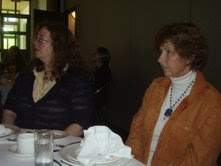
















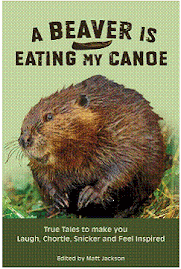














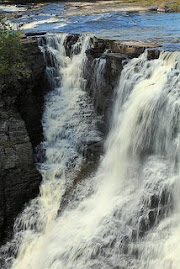



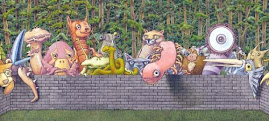
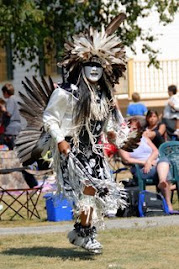
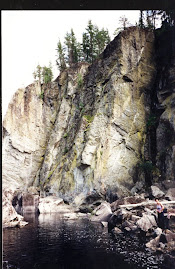





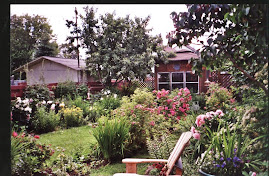










No comments:
Post a Comment